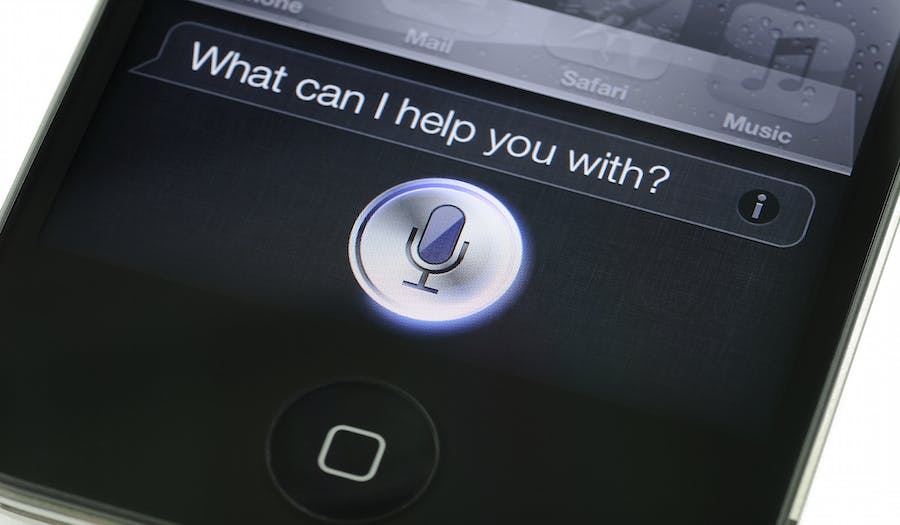Machine learning may sound like an extremely complicated high-tech concept, and that’s probably because it is. Big data analytics has become all the rage these days among businesses, and machine learning essentially takes big data and rockets it to another level. Most average consumers have likely not even heard of big data, let alone its more complex counterpart, but whether or not they’re familiar with it, they better get used to using it in their everyday lives. Machine learning has steadily become a major part of many tech gadgets and devices. If you’ve ever searched for something on the internet or used voice recognition technology like Siri or Cortana, you’ve used something made possible by machine learning. But that’s only the tip of the iceberg. Machine learning is ready to burst onto the scene, becoming much more commonplace in our lives now and definitely into the future.
The fact that machine learning is working its way into everyday life is certainly no random occurrence. A number of different developments and changes have made it possible. This goes beyond the simple evolution of technology that normally happens as the tech involved matures. As can be reasoned, machine learning is closely associated with big data in that it requires collecting data on a grand scale in order to work well. Years ago, this was a difficult proposition, but one major improvement within the technological sphere is the ease with which data can now be gathered. Information can be taken from simple clicks on an internet browser or swipes on a phone. This has also occurred with the rise of the internet, big data tools like Apache Spark, and cloud computing, where that information can be sent to back to data centres and analysed with ease.
Machine learning is also becoming more commonplace in part because consumers’ expectations have changed in recent years. It’s not enough for companies to simply provide a device or app that offers a convenient service; consumers now want those devices to respond accurately to their needs and wants. In other words, they want their gadgets to know how they behave, think, and feel. While it may have been possible to program devices to do this before, the programming would have been time-consuming and laborious, and even then it wouldn’t be accurate enough to satisfy consumer tastes. With machine learning, however, devices and programs can actually learn and anticipate, creating more individualised experiences for each person. Consumers have always loved customised products, and machine learning can turn every device they own into a personalised item.
The result of these developments has been an explosion of devices with machine learning built it. From the personalised medicine now seen in the healthcare industry to behavioural targeting in marketing, machine learning has revolutionised whole businesses and institutions. These businesses are transformed into finely tuned machines, but they only represent the beginning of something much more disruptive. Take self-driving cars, for instance. Many proclaim self-driving automobiles as the wave of the future, and many trends seem to point in that direction. It’s important to note that the latest in automated car technology is only possible thanks to the advances in machine learning. With machine learning at their disposal, these cars can recognise objects on the road or even read the words on street signs. It’s a constant learning process that continually makes self-driving cars better — a must for them to become a mainstream success.
There are, of course, some serious concerns regarding the growth of machine learning. The most prevalent is how much the privacy of individuals will be protected. Machine learning works by collecting information on each person and learning from it over time. What companies do with that information is still a question with no definitive answer. If machine learning is to truly become entangled within our everyday lives, consumers will need to be assured that their data is only used for the improvement of the device and algorithm and not for other purposes.
One must assume that those developments and assurances will come. After all, machine learning has shown no signs of slowing down as it becomes integrated into more devices, apps, and breakthrough technologies. Perhaps most people don’t really understand the underlying technology at the heart of their favourite gadgets, but they will be using machine learning much more often all the same.
About the Author:
This article was written by Rick Delgado, technology commentator and writer.

